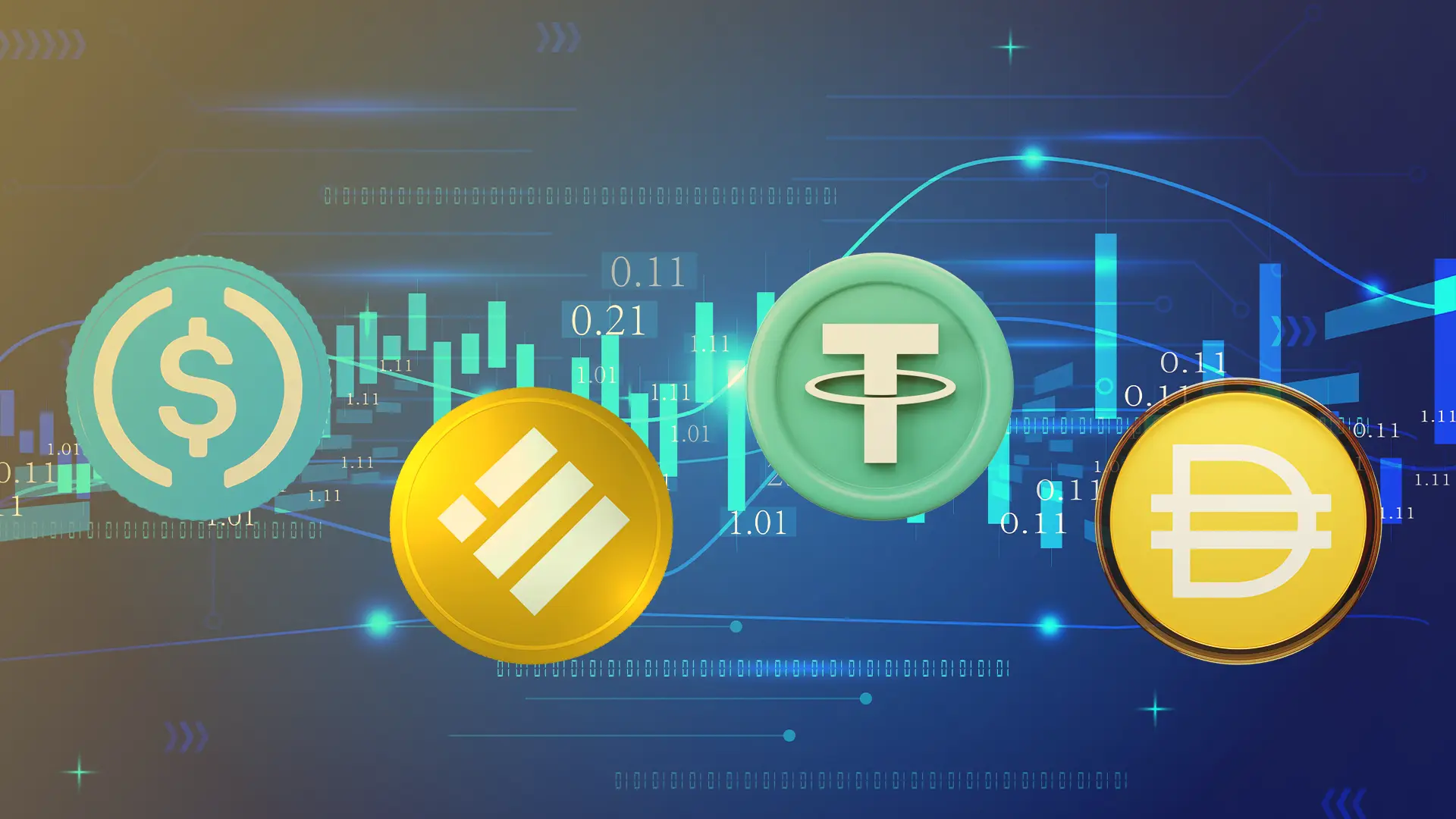
March 13, 2025
Developing a Stablecoin Smart Contract: A Simple Guide
Have you ever wondered why cryptocurrencies like Bitcoin may vary so much, making them hard to utilize in daily transactions? Stablecoins solve this. Pegged to the US Dollar or gold, these digital assets have a constant value. Stablecoins combine the openness and security of cryptocurrencies with practical stability. This article discusses stablecoins and how to develop a basic Solidity smart contract.
Key Principles Behind Stablecoins
For stability, stablecoins use a few basic principles:
- Stability: Stablecoins eliminate volatility, enabling users to exchange or store value without worrying about price fluctuations.
- Collateralization: Fiat, cryptocurrency, or supply-and-demand algorithms can back up stablecoins.
- Demand and Supply Control: Adjust stablecoin supply to market demand to maintain value. Decreased demand burns stablecoins, whereas increased demand increases them.
- Decentralization: Stablecoins use decentralized networks, removing central authority.
Stablecoins are trustworthy for daily transactions and long-term savings due to these principles.
Basic Structure of a Stablecoin Smart Contract
Let's review stablecoin smart contract structure. Stablecoin smart contracts are usually ERC-20 tokens, one of the most prevalent Ethereum blockchain digital asset standards.
A contract's main elements are:
- Token Issuance: Mint stablecoins depending on collateral as required.
- Redemption: Users may exchange stablecoins for fixed assets like USD.
- Price Feed Integration: A price oracle feeds data into the contract to ensure stability. A lot of common oracles, like Chainlink, make sure that the stablecoin's value is tied to the target asset, like $1 USD.
Code Walkthrough: Creating a Basic Stablecoin
Here are steps to create a basic stablecoin smart contract in Solidity. Basic stablecoin smart contract example. We will assign a name, symbol, and supply to the token and implement basic minting and transfer functionalities.
// Simple Stablecoin Contract
pragma solidity ^0.8.0;
contract Stablecoin {
string public name = "Simple Stablecoin";
string public symbol = "SSC";
uint8 public decimals = 18;
uint256 public totalSupply;
mapping(address => uint256) public balanceOf;
constructor(uint256 _initialSupply) {
totalSupply = _initialSupply * 10 ** uint256(decimals);
balanceOf[msg.sender] = totalSupply;
}
function transfer(address recipient, uint256 amount) public returns (bool) {
require(balanceOf[msg.sender] >= amount, "Insufficient balance");
balanceOf[msg.sender] -= amount;
balanceOf[recipient] += amount;
return true;
}
}In the above code, the constructor sets up the contract with a specified supply and assigns it to the creator's wallet. The Transfer Function enables users to transfer tokens between one other, a basic feature of ERC-20 tokens.
The contract explains how to build a basic ERC-20 stablecoin, however it does not manage price stability (you need an oracle).
Testing and Deploying the Smart Contract
After creating the contract, test it. Remix IDE lets you test contracts on testnets. Remix lets you build, deploy, and interact with Solidity contracts before going live.
Truffle or Hardhat may deploy the contract to Ethereum or another blockchain network after everything checks out. These technologies simplify deployment and testing, preventing expensive errors.
Conclusion
Creating a stablecoin smart contract can be profitable, whether you want to help the cryptocurrency ecosystem or study blockchain programming. Understanding stablecoins and how to develop them lets you construct decentralized financial apps with more trustworthy digital assets. Here, you can find out about collateralization kinds, algorithmic stability, and adding external price sources for functionality.
658 views
